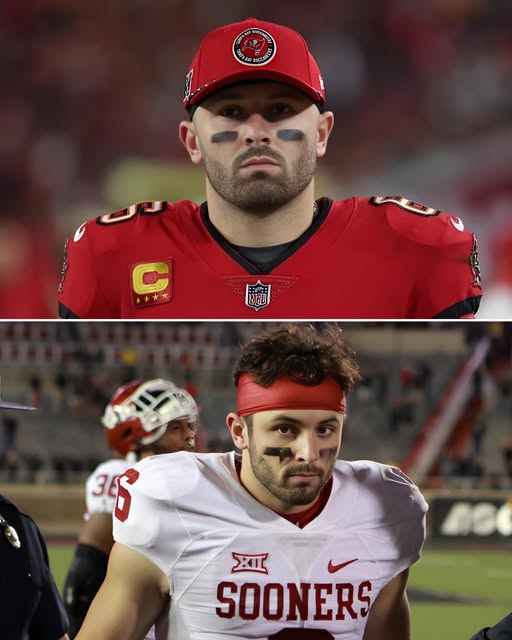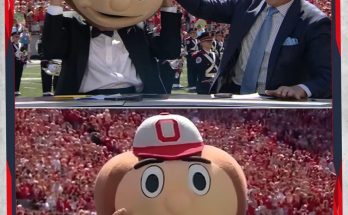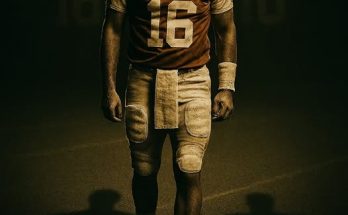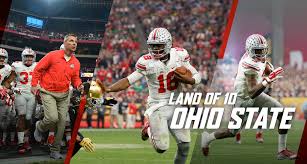**Oklahoma Sooners Athletic Department Takes Major Hit Following Sudden Retirement of Respected Longtime Administrator**
The Oklahoma Sooners athletic department is reeling from the unexpected retirement of a cornerstone figure whose influence spanned decades. The sudden departure of this respected administrator has sent shockwaves through Norman, leaving a void that will be difficult to fill. For years, this individual was the backbone of the department, overseeing critical operations, mentoring staff, and playing an instrumental role in shaping the Sooners into a national powerhouse. Their retirement marks the end of an era and raises pressing questions about the future stability and leadership of one of college athletics’ most storied programs.
The administrator, whose name has been synonymous with Oklahoma athletics, had been a fixture within the department for over 30 years. During that time, they worked under multiple athletic directors, coached hundreds of staff members, and contributed to countless championship runs. Their fingerprints were on nearly every major decision, from facility upgrades to coaching hires, and their institutional knowledge was unparalleled. Colleagues describe them as a steady hand in turbulent times, a problem-solver who operated behind the scenes to ensure the Sooners remained competitive at the highest level.
The timing of the retirement has only amplified its impact. With Oklahoma set to transition into the Southeastern Conference (SEC) in 2024, the athletic department is in the midst of one of its most pivotal periods in history. The move to the SEC demands increased revenue generation, heightened recruiting competition, and strategic planning to ensure the Sooners can thrive alongside programs like Alabama, Georgia, and LSU. Losing a key administrator at this juncture creates an immediate leadership gap, forcing the department to scramble for a successor who can navigate these uncharted waters.
Those who worked closely with the retiring administrator emphasize just how irreplaceable they were. Unlike high-profile coaches or athletic directors who often dominate headlines, this individual operated in the background, focusing on the day-to-day operations that kept the department running smoothly. They were a master of budgeting, compliance, and logistics—skills that are not easily replicated. Their relationships with donors, conference officials, and university stakeholders were cultivated over decades, making their sudden absence all the more jarring.
One of the most pressing concerns is the effect this retirement will have on Oklahoma’s coaching staff. Head coaches across multiple sports relied heavily on this administrator for guidance, particularly in navigating NCAA regulations, scheduling challenges, and resource allocation. Football coach Brent Venables, who is entering a critical third season, leaned on this individual for strategic support during his transition from Clemson. Similarly, women’s basketball coach Jennie Baranczyk and baseball coach Skip Johnson have both publicly acknowledged the administrator’s role in their programs’ successes. Without that steady presence, coaches may find themselves adjusting to a new dynamic, one that could disrupt continuity at a time when the Sooners can least afford it.
Recruiting is another area where the administrator’s absence could be felt. While assistant coaches and recruiters are the ones on the front lines selling the program to prospects, this individual played a crucial behind-the-scenes role in ensuring that visits ran smoothly, compliance was upheld, and resources were allocated efficiently. High school athletes and their families often interacted with this administrator during official visits, leaving with a strong impression of Oklahoma’s professionalism and organization. Losing that level of detail-oriented leadership could create subtle but meaningful ripples in recruiting battles, particularly as the Sooners compete against SEC rivals with deep-pocketed boosters and polished recruiting operations.
Financially, the department must now reassess its structure. The retiring administrator was deeply involved in budgeting, sponsorship deals, and long-term financial planning—all of which are critical as Oklahoma prepares for the revenue demands of the SEC. Television contracts, ticket sales, and donor contributions must be managed with precision to keep pace with the nation’s elite programs. While the Sooners have a strong financial foundation, the loss of such an experienced figure could lead to short-term growing pains as new leadership gets up to speed.
Perhaps the most intangible yet significant loss is the institutional knowledge that walked out the door with this retirement. Over three decades, this administrator witnessed coaching changes, conference realignment debates, NCAA rule shifts, and the evolution of college athletics into a billion-dollar industry. They understood the unique culture of Oklahoma athletics—what made it thrive, where its vulnerabilities lay, and how to navigate crises. That kind of wisdom isn’t found in a manual or a spreadsheet; it’s earned through experience. Replicating it will take years, if not decades.
The immediate question for athletic director Joe Castiglione is how to proceed. Does he promote from within, hoping to maintain continuity, or does he look outside for a fresh perspective? Both options carry risks. An internal hire may provide stability but could lack the visionary approach needed for the SEC transition. An external hire might bring new ideas but would require time to learn the nuances of Oklahoma’s athletic ecosystem—time the Sooners don’t necessarily have as they prepare for their new conference home.
Fans, too, are grappling with the news. While the average supporter may not have known this administrator by name, their work directly impacted the gameday experience, facility upgrades, and overall competitiveness of the programs they love. Social media has been flooded with messages of gratitude from former athletes, coaches, and staff members, all attesting to the administrator’s quiet but profound influence.
As the dust settles, one thing is clear: the Oklahoma Sooners athletic department has lost a pillar. The coming months will reveal how deeply this retirement affects operations, but there’s no denying that the road ahead just got tougher. In an era where college sports are more competitive and complex than ever, leadership matters—and Oklahoma must now find a way to move forward without one of its most reliable guides.
The legacy of this administrator will endure in the championships won, the athletes mentored, and the programs elevated. But as the Sooners brace for their SEC future, they do so without a key architect of their past success. How they respond to this challenge could define the next chapter of Oklahoma athletics.



